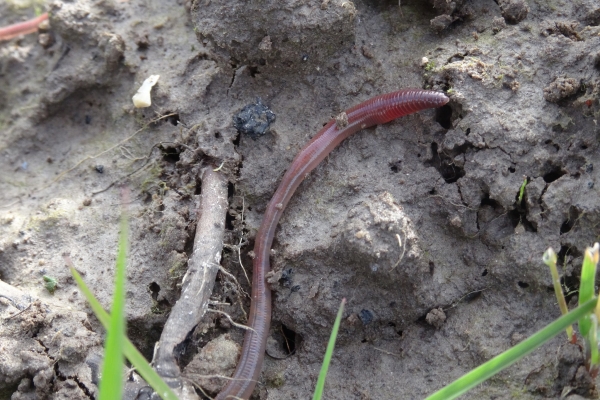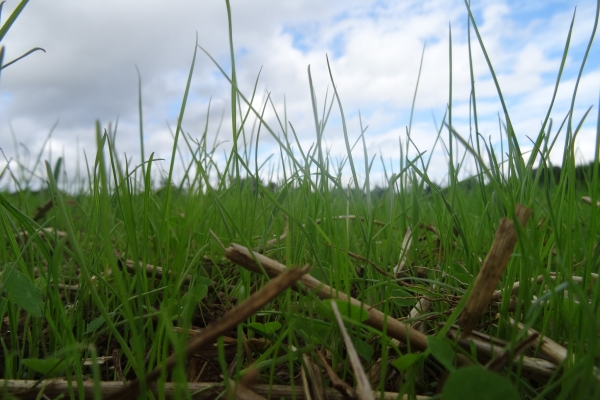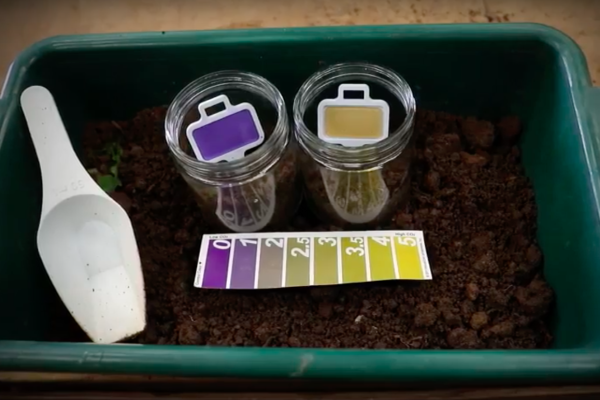Know your Soils #5: How well can your soil hold onto nutrients?
Can your soil hold nutrients effectively?
Resource explained
From the Soilmentor team, this is the fifth of a twelve part series called ‘Know your Soils’. The series includes practical tips for monitoring soil health and simple tests you can do on your land, in the form of videos and fact sheets. This resource, linked above, shares a test for assessing how good your soil is at holding onto precious nutrients and what you can do to prevent them from washing away with the rain. The test is explained in a video from the ‘Learning from the Land’ series created by Catchment Sensitive Farming and Innovation for Agriculture. In the video, Matthew Shepherd, Soil Biodiversity Specialist for Natural England, explains how to do the test step by step. In addition to the video, the resource shares an equipment list for the test and advice on how to improve the capacity of the soil for holding onto vital nutrients.
Findings & recommendations
- Positively charged nutrients like ammonia, potassium and magnesium are held in the soil like a sponge, as they stick to clay and organic matter particles. The better soil is at holding onto these nutrients, the more they will be available for plants.
- In the test performed in the video, grassland soil is found to be better at holding onto positively charged nutrients than arable soil.
- Negatively charged nutrients like phosphate or nitrate are washed through the soil unless there is a living root to take them up.
- Follow the 6 soil health principles to ensure healthy soil and reduce nutrient loss with water run off: living roots, covered soil, minimised disturbance, diversity, feed soils, incorporate animals, minimise chemicals and synthetics.









